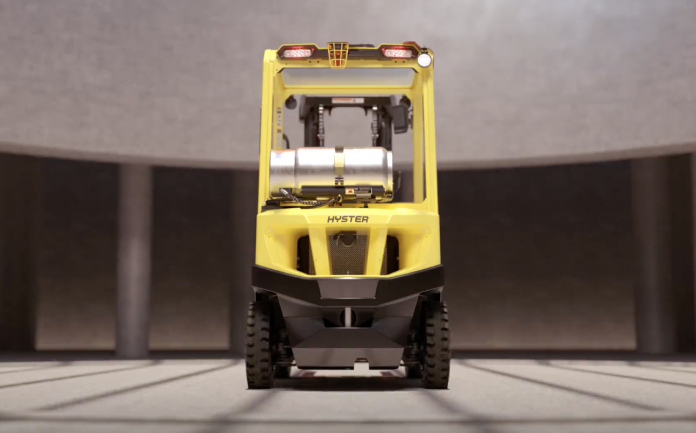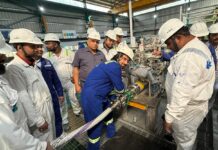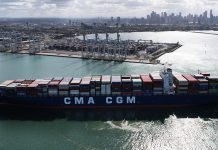
The Dynamic Stability System (DSS) from Hyster Company is designed to give automatic performance controls and warnings to assist in minimising the risk of forward and sideways forklift tip-overs and foster safe operating practices.
The technology is standard on all H40-70A models in the newly released Hyster A Series.
DSS sensors require no maintenance and continuously monitor forklift performance parameters such as lift height, hydraulic load, mast tilt, truck speed, and steering angle, according to a statement.
When the system recognises that the lift truck has exceeded the specified stability limits, it immediately intervenes with actions to ensure steady movement. Four distinct subsystems aid in the smooth deceleration of the forklift while travelling through turns and corners, as well as the limitation of truck speed, tilt speed, and tilt range when transporting elevated loads.
Hyster said the operator retains control of the equipment and receives performance feedback, visual indications, and audio alarms to assist reinforce the best practices established during training.
Furthermore, integration with Hyster Tracker telemetry monitoring is now offered, providing supervisors with more visibility into operator performance via real-time information whenever a DSS function is activated.
“Safety is critical in materials handling. Fast-paced environments and demanding productivity targets are just another day on the job for forklift operators,” stated Jimmy Anderson, product manager at Hyster.





